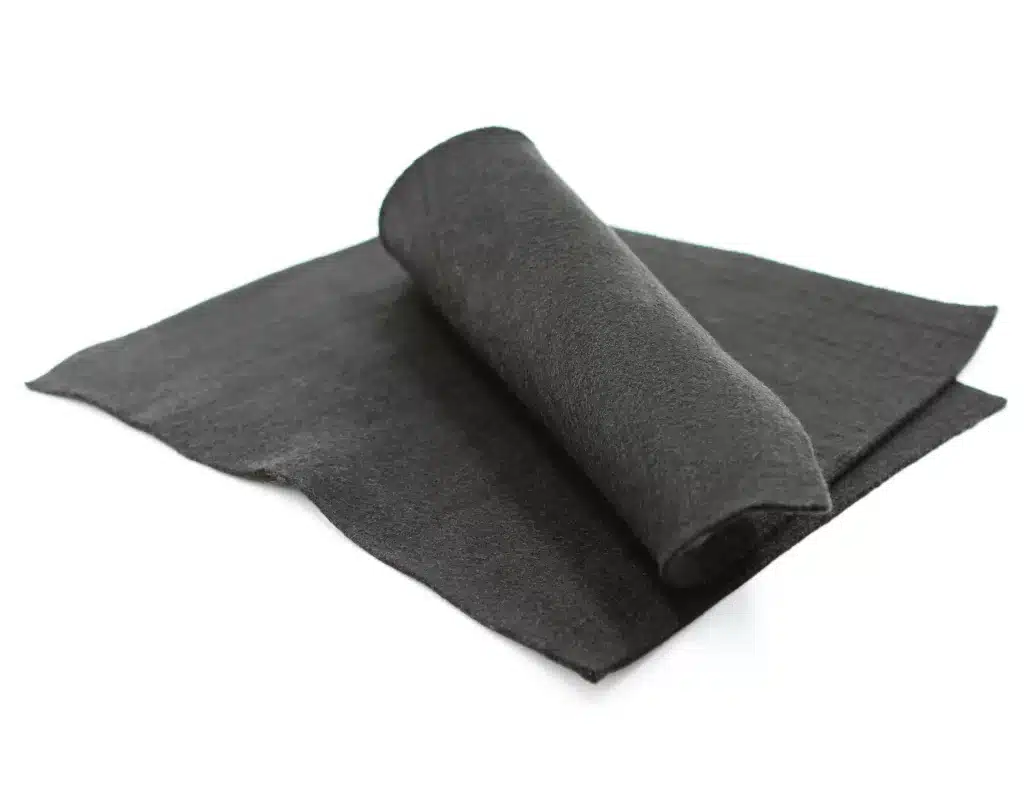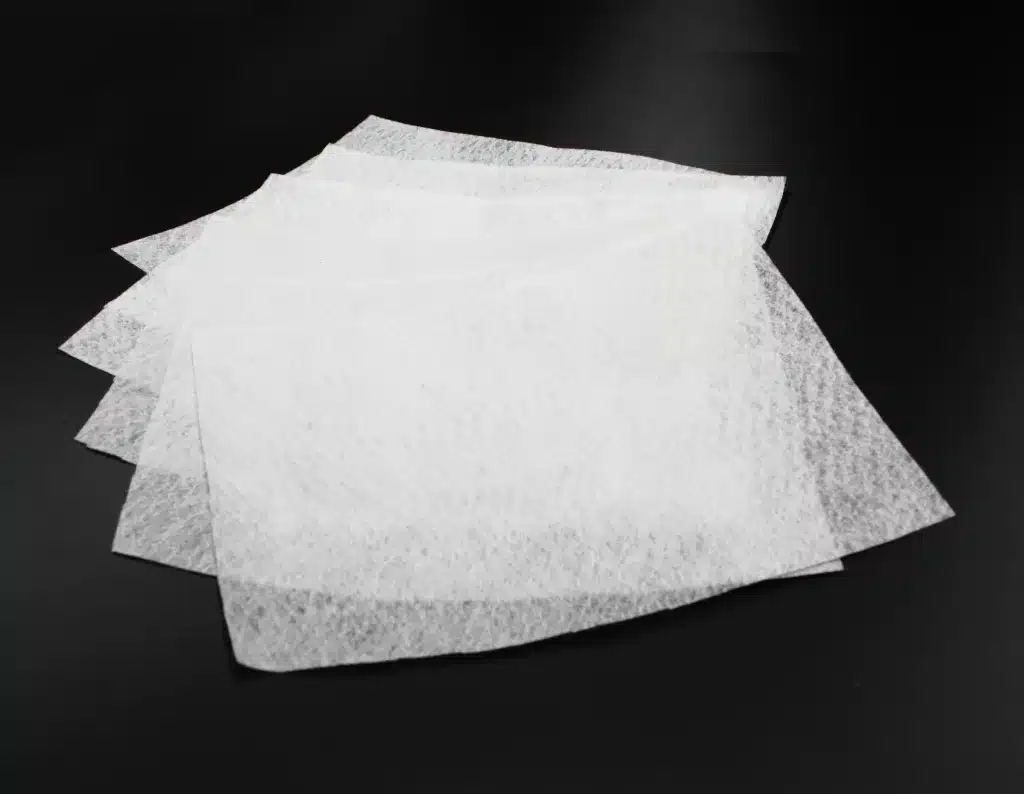+86-159 9860 6917
info@geofantex.com
geofantex@gmail.com
+86-400-8266163-44899
Geotextile reinforcement is a crucial component in modern civil engineering and environmental projects. These synthetic fabrics, engineered for strength and durability, are widely used in construction and environmental protection to enhance the performance and longevity of various structures. This article delves into the applications, benefits, and working mechanisms of geotextile reinforcement, addressing some of the most common questions surrounding this innovative material.
What is the use of geotextile reinforcement?
Geotextile reinforcement is primarily used to stabilize and strengthen soil and other construction materials. By distributing loads more evenly, geotextiles prevent soil movement and reduce the risk of erosion, ensuring the longevity of the structures they support. Moreover, geotextiles not only increase shear strength but also improve ductility and provide smaller loss of postpeak strength in reinforced sand in comparison with unreinforced sand. This added reinforcement enhances the overall stability of structures, making them more resilient to environmental factors such as heavy rainfall, seismic activity, and temperature fluctuations. Common applications include road construction, retaining walls, embankments, and landfill projects.

How do you secure geotextile?
Securing geotextile involves careful installation to ensure its effectiveness. The process typically starts with preparing the ground surface, removing any sharp objects or debris that could damage the fabric. The geotextile is then unrolled and laid flat over the prepared surface, with any overlaps secured using pins, stakes, or sandbags. To ensure stability, it’s important to secure the fabric with staples, pins, soil, or other suitable materials. In some cases, the edges are buried to anchor the material further. The key to securing geotextile is ensuring there are no wrinkles or gaps, as these can compromise its performance.
What are the 3 main uses of a geotextile?
- Separation: Geotextiles are often used for draining water, separating different soils from each other, and reinforcing soil. This separation prevents the mixing of distinct soil layers, which is particularly useful in road construction. By keeping the subgrade soil separate from the aggregate base, geotextiles ensure the road’s structural integrity.
- Filtration: Geotextiles act as filters, allowing water to pass through while preventing the movement of soil particles. This application is common in drainage systems, where geotextiles maintain the flow of water while preventing clogging, in addition to their role in separating different soils from each other.
- Reinforcement: As discussed, geotextiles reinforce by draining water, separating different soils from each other, and increasing the tensile strength of the soil. This is crucial in applications like retaining walls and embankments, where the stability of the structure is paramount.
How do geotextiles work?
Geotextiles work by leveraging their unique physical properties, such as tensile strength, permeability, and durability, to enhance the performance of construction projects. When used for reinforcement, geotextiles absorb tensile stress and distribute it across a wider area, reducing the risk of structural failure. In filtration applications, geotextiles provide drainage by enabling water to seep through while filtering out the sediments that might block the rest of the drainage system, maintaining overall efficiency. For separation, geotextiles create a barrier that prevents different soil layers from mixing, preserving the integrity of each layer.
Geotextile reinforcement plays a vital role in modern construction and environmental projects, offering solutions for soil stabilization, separation, and filtration. By understanding how geotextiles work and their various applications, engineers, and builders can significantly enhance the durability and effectiveness of their projects. Whether in road construction, retaining walls, or drainage systems, geotextiles provide a reliable and cost-effective means of improving the structural integrity of built environments.



Get Free Sample
We’ll respond as soon as possible(within 12 hours)






















